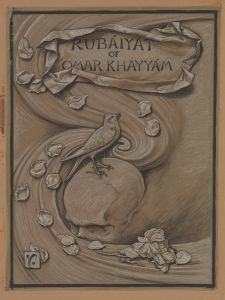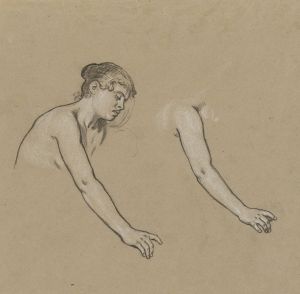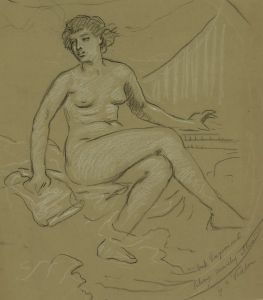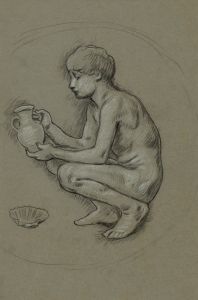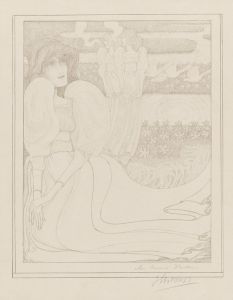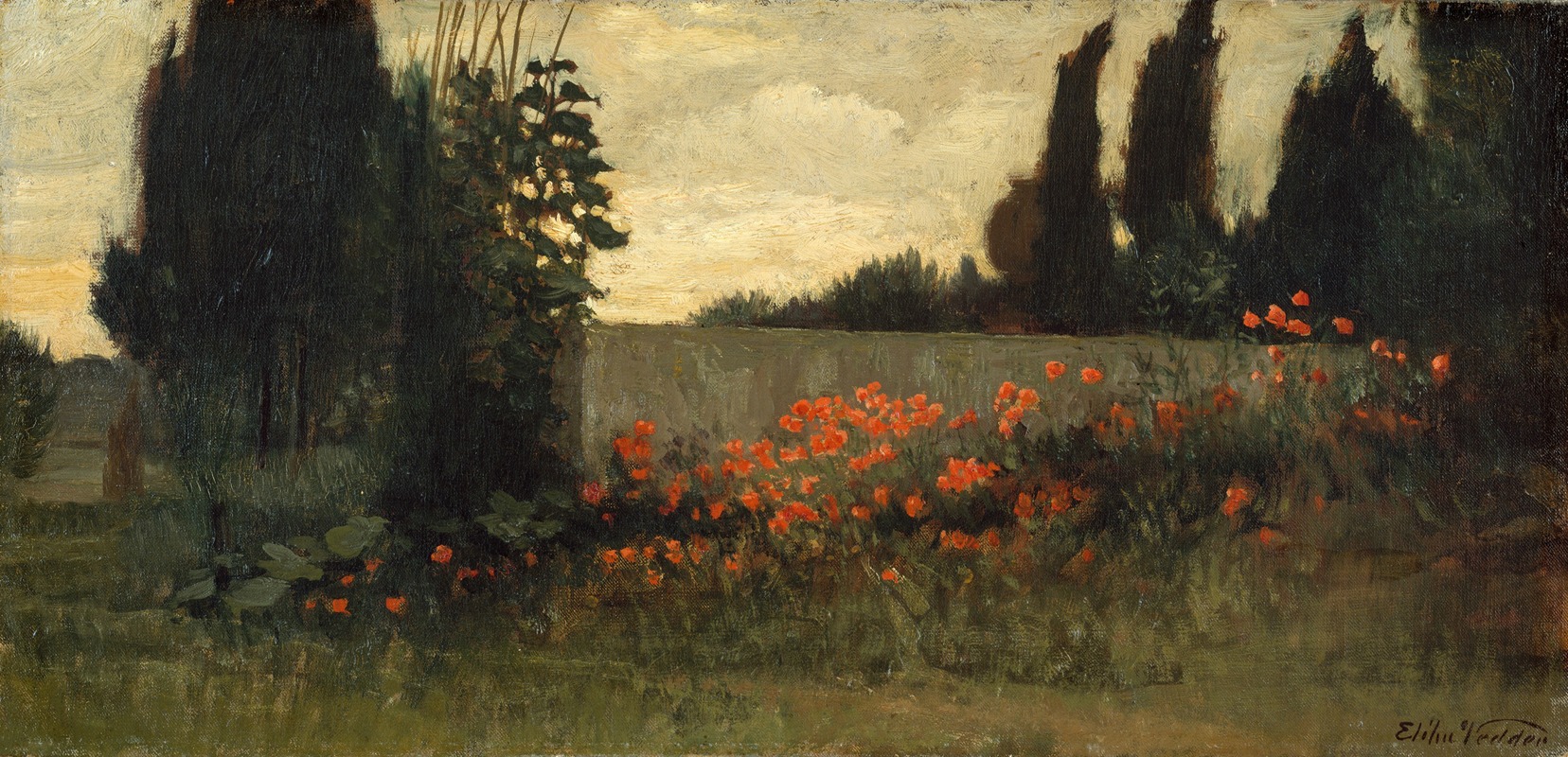
Cypress and Poppies
A hand-painted replica of Elihu Vedder’s masterpiece Cypress and Poppies, meticulously crafted by professional artists to capture the true essence of the original. Each piece is created with museum-quality canvas and rare mineral pigments, carefully painted by experienced artists with delicate brushstrokes and rich, layered colors to perfectly recreate the texture of the original artwork. Unlike machine-printed reproductions, this hand-painted version brings the painting to life, infused with the artist’s emotions and skill in every stroke. Whether for personal collection or home decoration, it instantly elevates the artistic atmosphere of any space.
Elihu Vedder (1836–1923) was an American symbolist painter, poet, and illustrator, known for his mystical and allegorical works. One of his lesser-known paintings, Cypress and Poppies, reflects his interest in symbolism and the use of nature to convey deeper meanings. Painted in 1865, this artwork is an oil on canvas and is currently housed in the Smithsonian American Art Museum in Washington, D.C.
The painting depicts a serene yet evocative landscape, dominated by the presence of cypress trees and poppies. Cypress trees are often associated with mourning and immortality in Western art and literature, while poppies are symbolic of sleep, death, and remembrance. Together, these elements suggest themes of mortality and the passage of time, which were recurring motifs in Vedder's work. The composition is carefully balanced, with the dark, vertical forms of the cypress trees contrasting against the softer, more delicate appearance of the poppies in the foreground. The muted color palette and subtle interplay of light and shadow create a contemplative atmosphere.
Vedder was heavily influenced by his travels in Italy, where he spent much of his life. The Italian landscape, with its distinctive cypress trees and Mediterranean flora, often served as inspiration for his art. Cypress and Poppies reflects this influence, as well as Vedder's engagement with the broader symbolist movement, which sought to express ideas and emotions through symbolic imagery rather than direct representation.
The painting is relatively small in scale, measuring 12 x 16 inches (30.5 x 40.6 cm). It is considered an example of Vedder's ability to combine technical skill with a poetic sensibility, creating works that invite viewers to reflect on existential themes. While not as widely recognized as some of his other works, such as his illustrations for The Rubaiyat of Omar Khayyam, Cypress and Poppies remains an important piece within Vedder's oeuvre, showcasing his unique approach to blending natural elements with symbolic meaning.
The artwork is part of the Smithsonian American Art Museum's collection and is occasionally displayed as part of exhibitions exploring 19th-century American art or the symbolist movement. It continues to be appreciated for its quiet beauty and the depth of its symbolic resonance.





